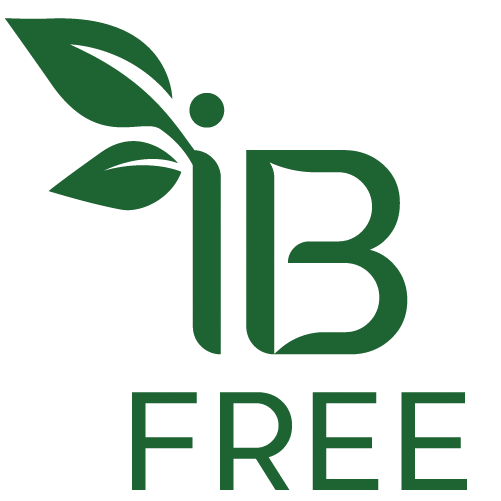Natural Foods High in Sorbitol to Avoid if You Have IBS
Even healthy, whole foods can trigger IBS symptoms—especially those high in sorbitol.
If you’re managing Irritable Bowel Syndrome (IBS), you already know that “natural” doesn’t always mean “gentle.” One repeat offender is sorbitol—a sugar alcohol (polyol) that occurs naturally in certain fruits and vegetables and is grouped under FODMAPs, the fermentable carbohydrates that can provoke bloating, gas, cramping, and diarrhea in sensitive guts (Monash University).
If you’re new to FODMAPs, start with our explainer, Understanding FODMAPs: The Digestive Puzzle Behind IBS. For broader meal planning guidance, see A Diet for IBS Relief: Simple, Whole Foods for a Happier Gut.
1. Stone and Pome Fruits: The Sorbitol Heavyweights
Apples, pears, peaches, plums, cherries, nectarines, apricots, dates, and prunes carry the highest natural concentrations of sorbitol, making them frequent triggers. Prunes—dried plums—are particularly potent and often used as natural laxatives because of their osmotic effect on the colon (NIH/PMC).
Dried fruit concentrates sugars and polyols even further, amplifying their gut-fermenting potential.
Tip: If you’re in elimination phase, avoid all stone and pome fruits, raw or dried, for at least four weeks before re-testing tolerance.
2. Blackberries: A Hidden Polyol Trap
While nutrient-dense, blackberries are polyol-rich and can provoke symptoms when eaten in standard servings. The Monash University FODMAP database lists blackberries as high in sorbitol—best limited to very small portions or avoided during active flare-ups.
3. Avocado: A Commonly Overlooked Trigger
Avocado, celebrated for its healthy fats, is also a major source of sorbitol in larger servings (Monash University).
Half an avocado or more can quickly exceed a tolerable FODMAP threshold. If you miss the flavor, test one to two tablespoons of mashed avocado after your elimination phase.
4. Vegetables with Moderate Sorbitol Content
Certain vegetables—cauliflower, sweet corn, button mushrooms, and snow peas—contain smaller amounts of sorbitol but can cause discomfort when portion sizes add up or when combined with other FODMAP-rich foods (“FODMAP stacking”) (Monash University).
5. Hidden Sorbitol in “Healthy” and “Sugar-Free” Products
Even when you avoid sorbitol-rich produce, you may still encounter it in processed products marketed as healthy. Sorbitol frequently appears in:
Sugar-free gum and mints
“No sugar added” fruit juices
Protein bars and flavored water
Medications (as a sweetener or filler)
According to MedlinePlus and NIH research, excessive sorbitol—natural or synthetic—can lead to osmotic diarrhea, bloating, and gas even in people without IBS.
How to Manage Sorbitol Sensitivity
Limit high-sorbitol fruits like apples, pears, and plums, particularly in raw or dried form.
Test cooked fruits in small portions—heat can sometimes reduce FODMAP load.
Avoid “stacking.” Several low-level exposures throughout the day can cumulatively cause symptoms.
Work with a dietitian trained in the low-FODMAP protocol to identify your unique threshold (Monash University).
Polyols are poorly absorbed in the small intestine and fermented by colonic bacteria, drawing water into the gut and creating gas—two mechanisms that drive IBS discomfort (NIH/PMC).
Final Thoughts
Whole foods can be nourishing—and still disruptive to a sensitive gut. Sorbitol-rich fruits and vegetables, while natural, are often powerful IBS triggers. By learning where sorbitol hides, moderating portions, and reintroducing foods methodically, you can build a calmer, more predictable diet.
